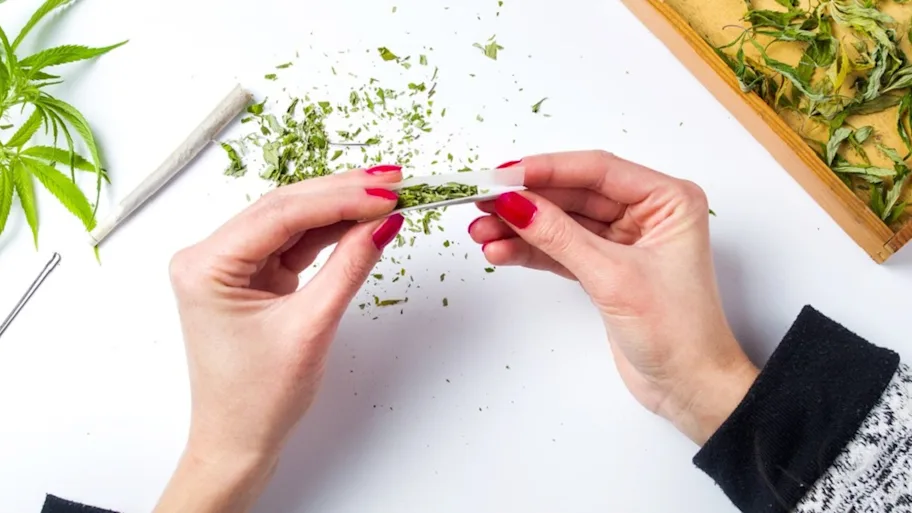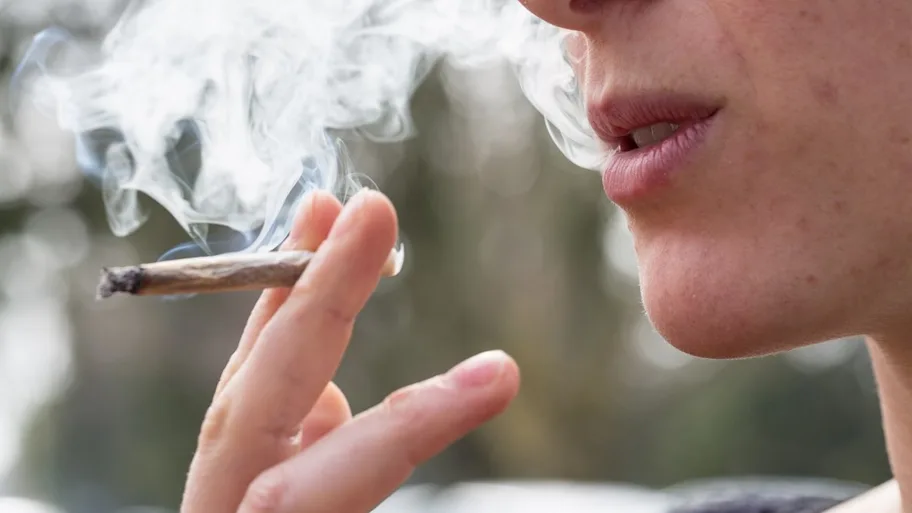
- Science News
- Health
- Mixing cannabis with tobacco increases dependence risk, suggests study
Mixing cannabis with tobacco increases dependence risk, suggests study
People who mix tobacco with cannabis are less motivated to seek help to quit
Tobacco and cannabis are two of the world’s most popular drugs, used respectively by 1 billion and 182 million people worldwide (World Health Organization; United Nations Office on Drugs and Crime). The adverse health effects of tobacco are well known. Short-term effects of cannabis are transient impairments in motor function and working memory, planning, and decision-making, while possible long-term health effects of heavy cannabis use include physical and psychological dependence, permanent reductions in cognitive performance, cardiovascular and respiratory diseases, and some cancers (WHO).
Many users mix cannabis with tobacco, not only to save money but also because tobacco can increase the efficiency of cannabis inhalation. But such mixing can increase the risk of dependence, suggests a new study in Frontiers in Psychiatry.
“Cannabis dependence and tobacco dependence manifest in similar ways, so it is often difficult to separate these out in people who use both drugs,” says lead author Chandni Hindocha, a doctoral student at the Clinical Psychopharmacology Unit of University College London. “Cannabis is less addictive than tobacco, but we show here that mixing tobacco with cannabis lowers the motivation to quit using these drugs.”
Together with collaborators from University College London, the University of Queensland, King’s College London, and the South London and the Maudsley NHS Trust, Hindocha analyzed responses from 33,687 cannabis users who participated in the 2014 Global Drug Survey, an anonymous online survey of drug use, conducted each year in partnership with international media such as Die Zeit, The Guardian, Libération, and the Huffington Post. Participants came from a total of 18 countries in Europe, North and South America, and Australasia. The new study is the first to survey the popularity of different methods of cannabis consumption – so-called routes of administration – around the world.
Routes of administration vary widely between countries, show Hindocha and colleagues. For example, tobacco routes for cannabis – for example in joints, blunts, or pipes — are much more popular in Europe than elsewhere. Depending on the country, between 77.2% and 90.9% of European cannabis users use tobacco routes, while only 51.6% of Australian and 20.7% of New Zealand cannabis users do. Tobacco routes are least popular in the Americas, used by only 16% of Canadian, 4.4% of US, 6.9% of Mexican, and 7.4% of Brazilian cannabis users. In contrast, the use of cannabis vaporizers, a strictly non-tobacco route, is quite common in Canada (13.2% of cannabis users) and the United States (11.2%), but rare everywhere else (0.2 to 5.8%).
Importantly, preferences for routes of administration strongly affected the motivation to quit and to seek professional help for doing so. In particular, cannabis users who favor non-tobacco routes had 61.5% higher odds of wanting professional help to use less cannabis, and 80.6% higher odds of wanting help to use less tobacco, than users who prefer tobacco routes. Similarly, cannabis users who prefer non-tobacco routes had 10.7% higher odds of wanting to use less tobacco, and 103.9% higher odds of actively planning to seek help to use less tobacco.
These results suggest that people who regularly mix tobacco with cannabis are more at risk of psychological dependence than people who use cannabis and tobacco separately, without mixing them.
“Our results highlight the importance of routes of administration when considering the health effects of cannabis and show that the co-administration of tobacco and cannabis is associated with decreased motivation to cease tobacco use, and to seek help for ceasing the use of tobacco and cannabis,” says Michael T. Lynskey, Professor of Addictions in the National Addictions Centre of the Institute of Psychiatry, Psychology & Neuroscience at King’s College London. “Given a changing legislative environment surrounding access to cannabis in many jurisdictions, increased research focus should be given to reducing the use of routes of administration that involve the co-administration of tobacco.”
Other results include:
Worldwide, the most popular tobacco route of administration for cannabis is the joint, preferred by 93.4% of users of tobacco routes.
Pipes are the most popular non-tobacco route, preferred by 11.7% of users of non-tobacco routes.
Non-inhaled routes, such as bucket bongs, hot knifes, or in food or drink, were uncommon in every country surveyed (2.4% of cannabis users worldwide).
Men are more likely (68.2% of surveyed male cannabis users) than women (63.8% of surveyed female cannabis users) to use tobacco routes.
Users of tobacco routes tend to be younger (mean 26.2 years) than users of non-tobacco routes (mean 30.8 years).
16.3% of respondents had never tried smoking tobacco independently of cannabis.






